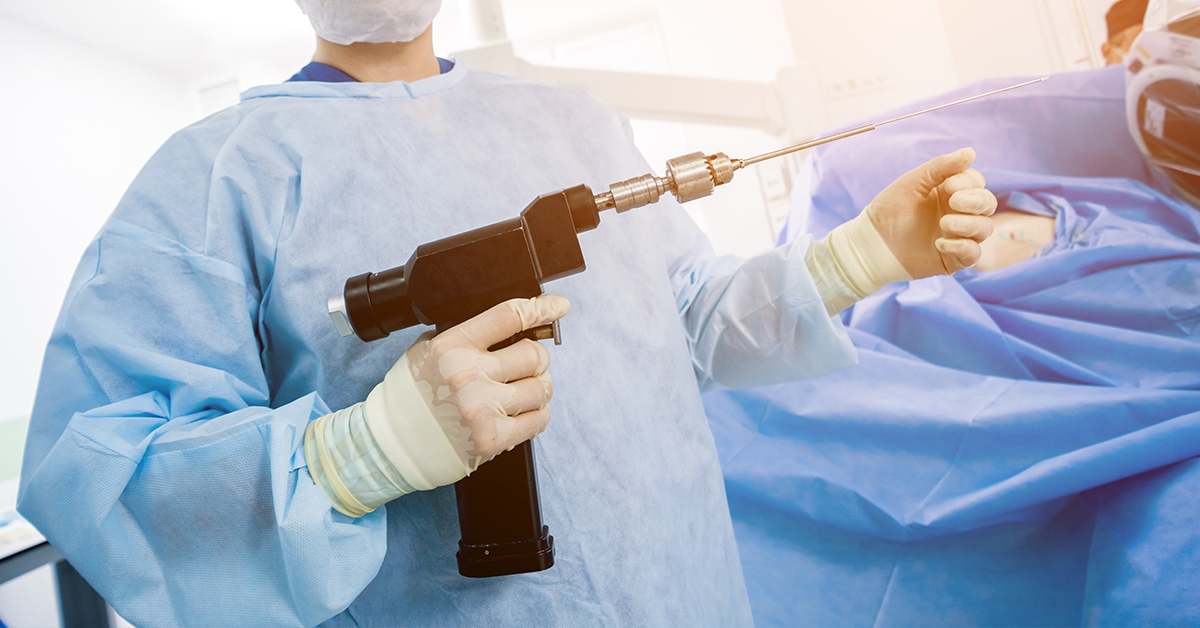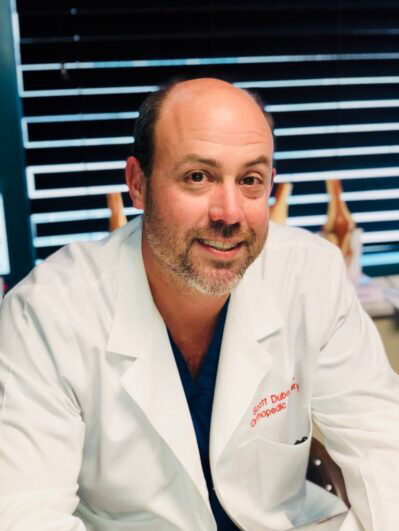
What is Knee Arthroscopy and Chondroplasty?
Chondroplasty is performed to smooth damaged cartilage in the knee in order to lessen friction in the joint. The surgeon removes damaged tissue so that healthy cartilage will grow to replace it. This procedure can be performed alone or in conjunction with other procedures.
Who needs this procedure?
The ends of the bones that meet to make the knee joint are covered in articular cartilage, a smooth tissue that serves to provide a low friction surface for the structures in the knee. This smooth surface can be made rough if damaged, which can be the result of a number of conditions, including trauma, degenerative conditions like arthritis, and others. Symptoms of damaged cartilage in the knee can include joint pain, stability problems like the knee "giving," and popping or locking. These symptoms can be treated with knee arthroscopy and chondroplasty.
What are the steps in this procedure?
Accessing the Joint
Small incisions are made around the front of the knee. A very small camera called an arthroscope is inserted. This allows the surgeon to see the inside of the joint, which is helpful for diagnosing problems in the knee and safely performing the procedure with image guidance.
Surveying the Joint
To make room for the procedure, the surgeon expands the joint by pumping fluid into it through an instrument inserted in one of the incisions. Using the arthroscope, the surgeon is able to inspect the joint and determine the source of the problem.
Removing the Damaged Cartilage
Surgical tools are used to remove loose cartilage tissue. This loose tissue is what causes the knee to lock or pop if it drifts into the joint. The surgeon then removes small patches of damaged cartilage and smooths out the surface with special tools.
End of Procedure
The fluid used to expand the knee joint is now drained. The surgeon removes the instruments and closes then incisions.
After Surgery
This operation is performed as an outpatient procedure, so most patients leave the hospital that day. The cartilage that was removed will be replaced by new, heathy cartilage that will grow as the knee heals. Your physician will prescribe physical therapy exercises and crutches. These are important to help regain a proper range of motion and to ensure the knee heals correctly. Recovery time varies, but using crutches and adhering to the rehabilitation exercises prescribed can help your knee recover.


